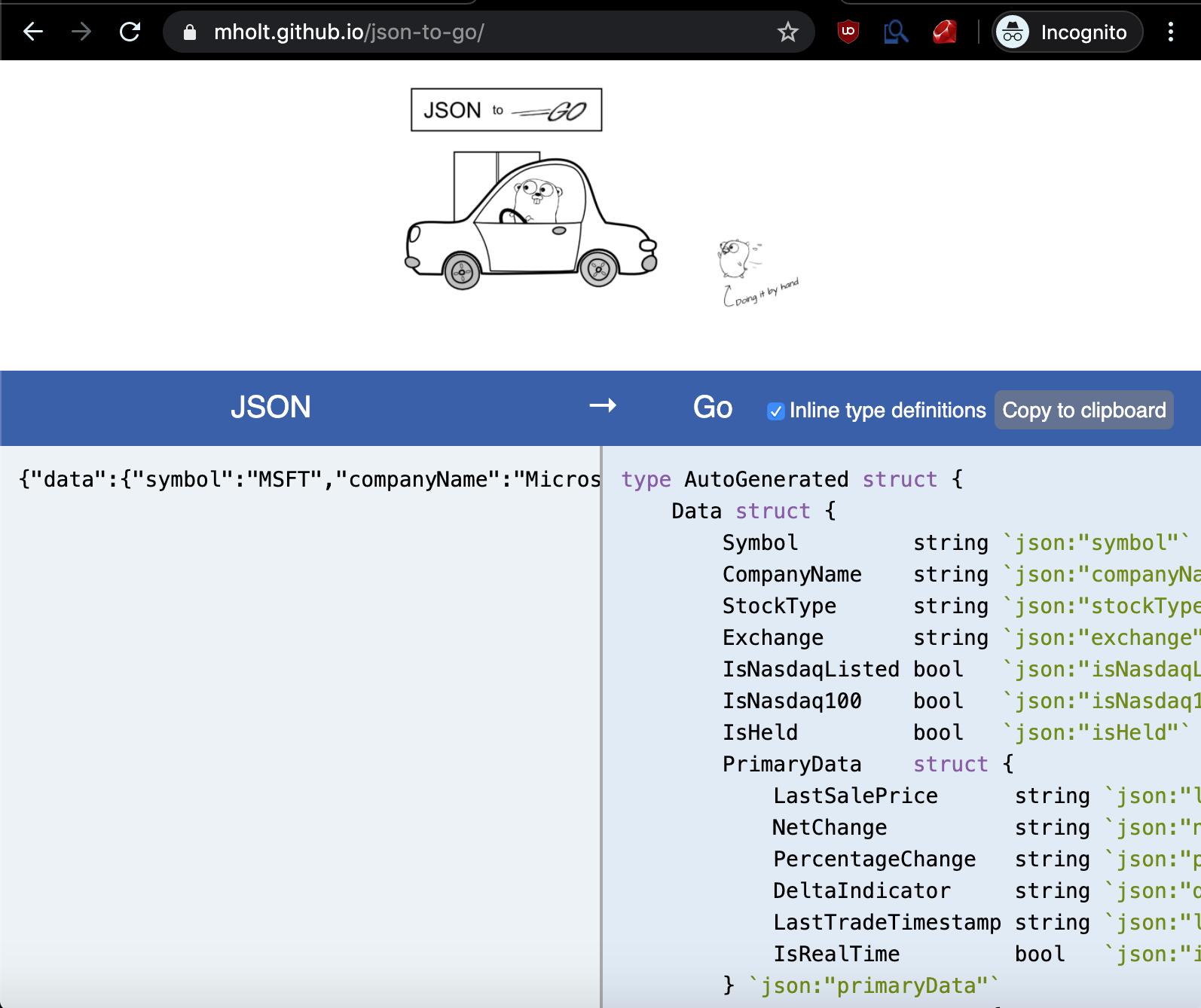

If this approach is not available, it will fall back to the atomic based process described above.

However, if there is too much type information, it will use a lot of memory, so by default we will only use this optimization if the slice size fits within 2Mib. The fact that all type information can be acquired means that by constructing slices in advance with the acquired total number of type information, it is possible to look up with the value of typeptr without worrying about out-of-range access. This allows you to get all the type information defined in the binary at runtime. There is an API named typelinks defined in the runtime package that the reflect package uses internally. So I thought if I could change the lookup from map to slice. However, as a result of profiling, I noticed that runtime.mapaccess2 accounts for a significant percentage of the execution time. This implementation slows down the set instead of speeding up the get, but it works well because of the nature of the library, it encodes much more for the same type. However, this is slow, so it's a good idea to use the atomic package for exclusive control as implemented by segmentio/encoding/json ( ). Map requires exclusive control, so use sync.Map for a naive implementation. When retrieving the data cached from the type information by typeptr, we usually use map. The technique of implementing recursive processing with the JMP operation while avoiding the CALL operation is a famous technique for implementing a high-speed virtual machine.įor more details, please refer to the article ( but Japanese only ). In this operation, after acquiring the opcode sequence used for recursive processing, the function is not called recursively as it is, but the necessary values are saved by itself and implemented by moving to the next operation. In go-json, recursive processing is processed by the operation type of opStructFieldRecursive. Since the only value required for the result of json.Marshal(interface The techniques listed here are the ones used by most of the libraries listed above. Here, we explain the various speed-up techniques implemented by go-json. Despite this, we are developing with the aim of being the fastest library.
#Golang json compare code
It's easier to implement by using automatic code generation for performance or by using a dedicated interface, but go-json dares to stick to compatibility with encoding/json and is the simple interface. Go-json is very fast in both encoding and decoding compared to other libraries. If you run the test in this repository and find a bug, please commit to corpus to go-json-fuzz and report the issue to go-json. In the following image, the black letters are the longest common subsequence, the red letters only occur in the first sequence, and the green letters only occur in the second sequence.Go-json-fuzz is the repository for fuzzing tests. Once you have the longest common subsequences, you can derive the changes (inserts, updates, and deletions) from that. So (ABD) and (ACD) are their longest common subsequences. They have 5 length-2 common subsequences: (AB), (AC), (AD), (BD), and (CD) 2 length-3 common subsequences: (ABD) and (ACD) and no longer common subsequences. From Wikipedia:įor example, consider the sequences (ABCD) and (ACBAD). This algorithm finds the longest subsequence that is common to two provided subsequences. Detection of inserted and removed items can be achieved using an algorithm called the longest common subsequence (LCS). The algorithm would simply report all array items as changed, starting from the place where an item is removed or inserted. However, this approach cannot deal with the case when an array item is inserted or removed. A naive approach will simply compare the array items one by one. When a property contains a nested object, the function will recursively compare these child objects.Ĭomparing two arrays requires some more work. When both sides are an object, the algorithm will collect the unique keys of both objects, and then iterate over those, checking whether the left and right property have the same value. The function checks the type left and right document. The algorithm to compare two JSON documents works as follows.


 0 kommentar(er)
0 kommentar(er)
